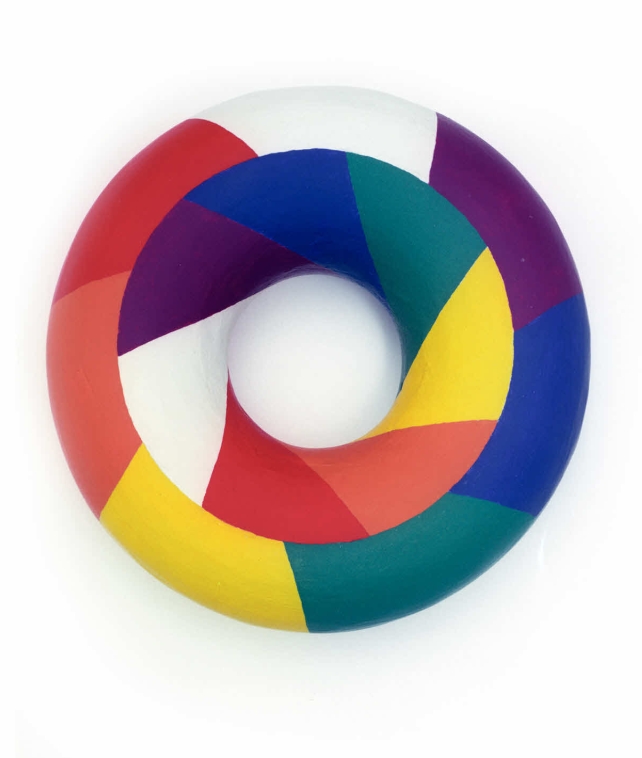Polygonal Decompositions of Surfaces
Posted by John Baez
If you tell me you’re going to take a compact smooth 2-dimensional manifold and subdivide it into polygons, I know what you mean. You mean something like this picture by Norton Starr:
or this picture by Greg Egan:
(Click on the images for details.) But what’s the usual term for this concept, and the precise definition? I’m writing a paper that uses this concept, and I don’t want to spend my time proving basic stuff. I want to just refer to something.
I’m worried that CW decompositions of surfaces might include some things I don’t like, though I’m not sure.
Maybe I want PLCW decompositions, which seem to come in at least two versions: the old version discussed in C. Hog-Angeloni, W. Metzler, and A. Sieradski’s book Two-dimensional Homotopy and Combinatorial Group Theory, and a new version due to Kirillov. But I don’t even know if these two versions are the same!
One big question is whether one wants polygons to include ‘bigons’ or even ‘unigons’. For what I’m doing right now, I don’t much care. But I want to know what I’m including!
Another question is whether we can glue one edge of a polygon to another edge of that same polygon.
Surely there’s some standard, widely used notion here…



Re: Polygonal Decompositions of Surfaces
Well, in CW complexes, one doesn’t ask the attaching maps to be at all nice in any way, so long as they are continuous. Asking instead that they be cofibrations will mean the 2-cells internally look like polygons, but will also rule out glueing two sides of one such cell, AND ugons (in case that matters)… it also rules out monogons by accident, because it rules out their boundaries; but digons would be available.
Just to clarify your question for people knowing better than me: are you asking primarily to follow what people mean when they don’t spell out their sense of polygonal decomposition, or so you know what to call them for other folk to read?